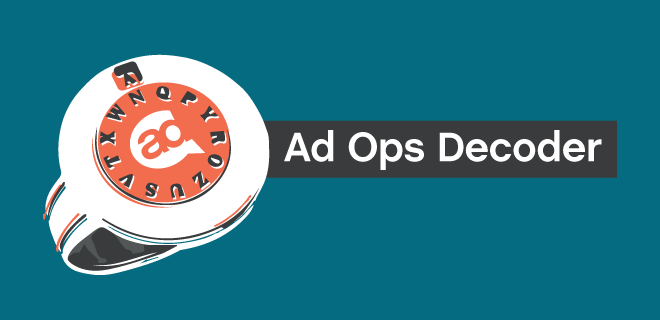
You may hear a lot these days (particularly on a header-cheerleading site like this one) about the ad-server waterfall being vanquished like some fairy-tale villain. Well, it’s not entirely gone, and similar to many foes in children’s stories, it wasn’t always such a bad thing—it was simply exploited.
In the early days of digital advertising, creative (note that we’re mainly talking display here) would actually have to be hard coded into a site to run, or the publisher would serve creative on their end via an in-house ad server. Basically an advertiser had to treat each publisher as a separate entity—creative for every campaign would have to be “hand-delivered” through something as quaint as email or an FTP server.
The widespread adoption of third-party ad servers enabled a single piece of creative to easily run across a multitude of sites. Because ads were delivered from a demand-side ad server, advertisers gained the ability to measure, track engagement, and (of course) drop cookies.
The waterfall developed because publishers needed a simple way within their third-party ad server to separate premium and non-premium inventory. Premium almost always meant inventory sold by the direct sales team for lucrative CPMs—homepage inventory (Remember days when people actually came to websites through the front door instead of social media channels? No? Am I that old?), roadblocks, takeovers, etc. When an ad call came in, the placement would be evaluated for premium status; if it failed, on down the waterfall it went to the indirect sales channels (and typically below that, house ads).
At first this meant opaque ad networks, which would place tags within the ad server at a price floor—the lowest CPM a publisher was willing to stomach from that provider. This black-box situation was kinda lousy for both buyers and sellers—advertisers wouldn’t actually know how much publisher inventory was going for and publishers wouldn’t know how much advertisers actually paid.
The rise of real-time bidding (one type of programmatic transaction) promised greater transparency; buyers could actively bid on publisher inventory and publishers would know the amounts offered. It also enabled buyers and sellers to use data (audience or other) to target particular users. A true programmatic marketplace would enable buyers to evaluate and bid on inventory on a real-time basis and publishers to decide within the ad server which bid to accept (if any at all).
That didn’t come about thanks to reliance on the waterfall. Programmatic demand sources were typically inserted into supply-side ad servers a rung or two above ad networks, with a tag based on a floor or the average pricepoint of what buyers in each market were willing to pay. Any advertiser could easily bid far more than that average pricepoint—perhaps even a higher CPM than any direct campaign a publisher had running.
The publisher would never know, though, unless it allowed an impression to ride down the waterfall and set off the auction from that SSP. Ops professionals and yield managers would constantly monitor SSP performance and re-jigger them in attempt to manually optimize.
The waterfall had become limiting and inefficient, particularly as advertisers grew enamored with the ability to target user data through programmatic channels and increasingly signed private marketplace deals with premium publishers to avoid fishy inventory on the open marketplaces. When fill for these deals was low, supply-side platforms and other demand sources would offer publishers higher CPMs and guaranteed spend to climb higher in the waterfall.
These demand sources picked up the old ad network trick of obscuring actual prices within auctions—arbitrage, or the reselling of inventory potentially through nested auctions, skyrocketed alongside service provider take rates.
Then Google went and upended the whole game by introducing Dynamic Allocation within its ad server, Doubleclick for Publishers, which also happens to be the most widely used sell-side display ad server. Through a server-to-server connection, Google’s buy-side exchange AdX was suddenly able to enter a real-time bid into DFP for every impression, bypassing the waterfall completely.
So even if an SSP had a buyer willing to more than the tag inside the ad server, the AdX bid would still win if it was higher than the SSP tag (and if decisioning was based on price). That’s right—the SSP tag, not the actual bid that would came through that SSP’s auction, which could be higher. (The auction would never occur!) Worse, because programmatic works through second price auctions, the AdX bidder would only pay a cent above the indirect tag SSP tag. The lack of competition was costing pubs cold hard cash.
No surprise, both publishers and demand sources were livid about this development, but it did encourage them to embrace header bidding and placing a multitude of price tags within the ad server. This enabled other demand sources to basically flatten the waterfall and deliver more accurate bids to publishers. (More about that next week.)
The competition expected in a truly level programmatic marketplace began to appear, and the service provider take rates and arbitraging is quickly receding. Google has even opened up Dynamic Allocation to other demand partners.
AdMonsters Resources
AdMonsters Playbook: Header Bidding
External Resources
The Programmatic Waterfall Mystery (AdExchanger)